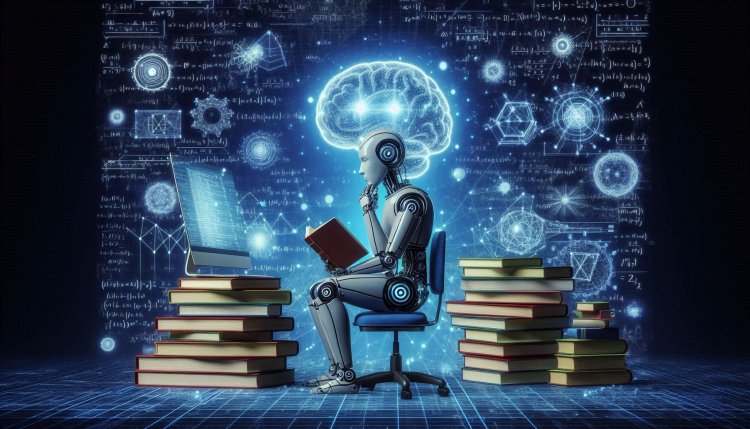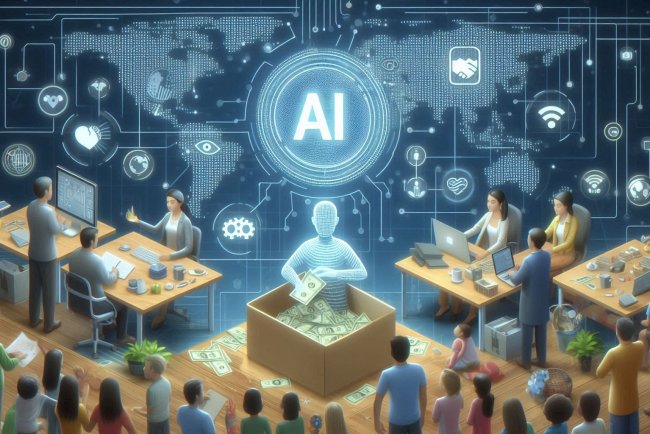AI dreams: Dream analysis and generation
Unlock the mysteries of your subconscious with AI Dreams, a cutting-edge platform for dream analysis and generation. Explore your mind like never before.

Dream Analysis and Generation
Dream analysis is the process of interpreting the meaning behind dreams in order to gain insight into the unconscious mind. Dreams can be complex and mysterious, often containing symbols or themes that reflect our innermost thoughts and feelings. By analyzing these elements, psychologists and therapists can help individuals uncover hidden emotions or desires that may be influencing their waking life.
On the other hand, dream generation involves using artificial intelligence to create new and unique dream scenarios. This can be done through various techniques, such as neural networks or deep learning algorithms, which are trained on a database of existing dreams to generate original content. Dream generation can be used for creative purposes, such as writing or storytelling, or as a tool for exploring the possibilities of the human imagination.
Benefits of Dream Analysis
- Gain insight into unconscious thoughts and emotions
- Identify recurring patterns or themes in dreams
- Explore unresolved issues or conflicts
- Enhance self-awareness and personal growth
Techniques for Dream Analysis
There are several techniques used in dream analysis, including:
- Free association: allowing the dreamer to freely associate thoughts or feelings with dream symbols
- Symbol interpretation: identifying the meaning behind specific symbols or themes in the dream
- Emotional exploration: focusing on the emotions experienced in the dream and their significance
- Contextual analysis: considering the context of the dream and how it relates to the dreamer's life
Applications of Dream Generation
Dream generation has a wide range of applications, including:
- Artificial creativity: using AI to inspire new ideas and concepts
- Therapeutic tools: creating personalized dream scenarios for therapeutic purposes
- Entertainment: generating unique content for games, movies, or storytelling
- Research: exploring the boundaries of human imagination and creativity
Challenges in Dream Analysis and Generation
While dream analysis and generation offer many benefits, there are also challenges to consider, such as:
- Subjectivity: interpreting dreams can be subjective and open to different interpretations
- Complexity: dreams are often complex and layered, making analysis difficult
- Data limitations: generating realistic dreams requires a large dataset of dream content
- Ethical concerns: using AI to create dreams raises ethical questions about privacy and consent
Conclusion
Dream analysis and generation are powerful tools for exploring the depths of the human mind and imagination. Whether used for personal insight, creative inspiration, or scientific research, these techniques offer new perspectives on the mysteries of our subconscious. By delving into the world of dreams, we can unlock hidden truths about ourselves and the world around us.
What's Your Reaction?

















